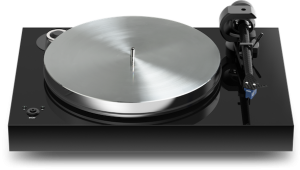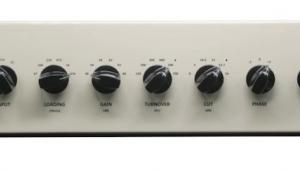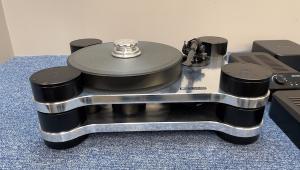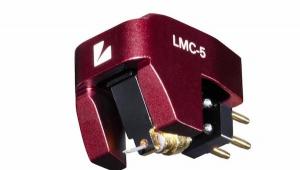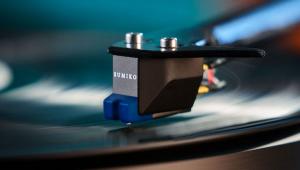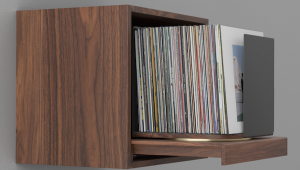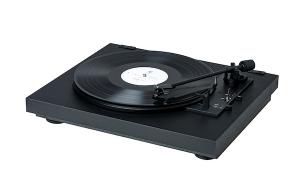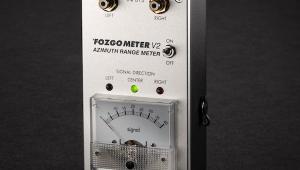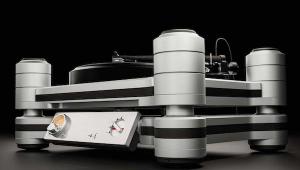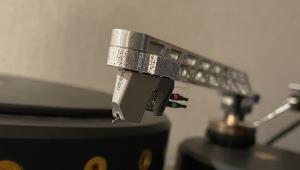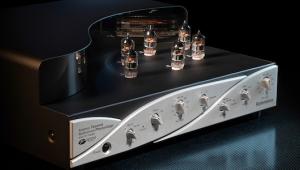When looking at the picture taken from above it seems that the slots for the cartridge screws are offset from each other, which seems right as the shell itself is straight. However, this would mean that when aligning the cartridge going forth and back, you will also need to account for the cartridge going ever so slightly to either side.
Nottingham Analogue Spacedeck Turntable
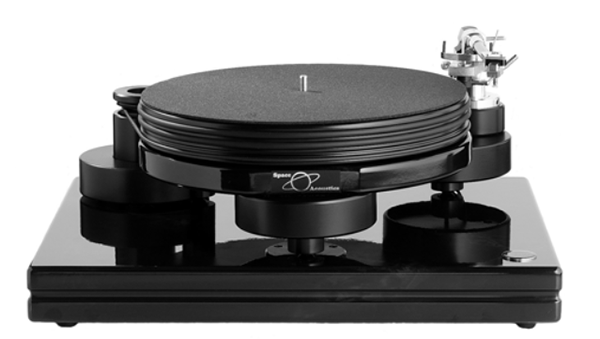
While I was rereading our most recent Table Toppers feature on the truly impressive system owned by Vince from Northern California over the weekend — mainly as a refresher, because, yep, we will be showcasing more of them, moving forward! — and came across the brief mention of the Nottingham Analogue Spacedeck turntable he had deployed before ultimately going all-in on getting a Brinkmann Spyder table, I wanted to circle back and find out some more about this specific table, not to mention Nottingham the company and all the gear they have to offer.
First, some background. Nottingham Analogue Studio was founded in Great Britain circa four decades ago, with the aptly named company’s products having been, quote, “made by hand in the heart of Sherwood Forest UK.” Nottingham’s stated core turntable design principles are as follows: “The basic design idea, incorporated into nine models, is to liberate the platter, arm, and motor from the resonance-laden, box-like base which housed most turntables in the past.”
Nottingham Analogue gear was initially the brainchild of ace designer Tom Fletcher, who championed the concept of using low-torque motors with these admittedly heavy-duty tables. He later went on to found Fletcher Audio (whose own tables are made by hand in Frederiksberg, Copenhagen, Denmark), but he sadly passed away in 2010.
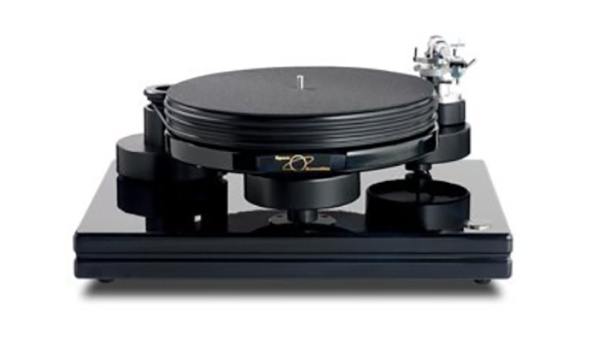
As for the Spacedeck table itself — which, of course, is not a new product, but is still very much of interest (and quite available) in the worldwide marketplace — its 37mm platter is mounted onto its own chassis and runs on Nottingham’s bronze bearing. The motor/pulley assembly is mounted in its own housing, which sits separately from the turntable chassis, and the table offers 33⅓ and 45rpm playback options. <[> The only connection for the Spacedeck is the drive belt — which, according to Nottingham, “helps to avoid audio resonances being transferred through the chassis of the turntable.” Upgrade options include a second tonearm mount for the table’s left side, and the duly dubbed Heavy upgrade kit that comes with tonearm spacer, spindle extension, and extra damping ring. The Spacedeck can also be upgraded with the 25mm graphite Ďmatí, while its high-gloss black finish option comes at no additional cost.
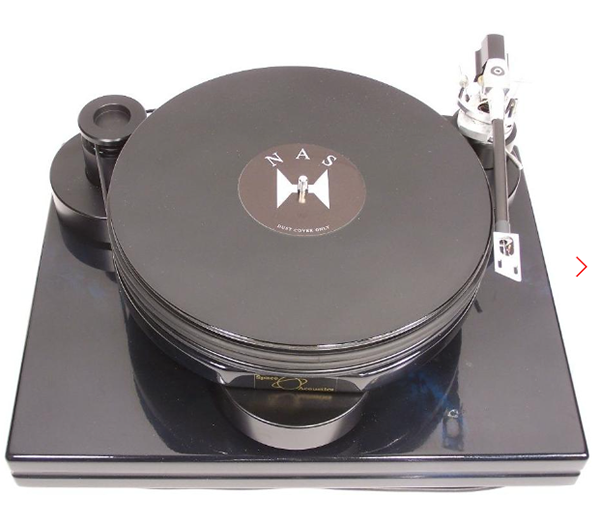
Incidentally, the titularly upgraded version of the Spacedeck, the Ace Spacedeck (shown above and below), sports a bronze bearing with carbide/bushed type internal workings, and its motor housing and armbase are manufactured from a heavy dense steel.
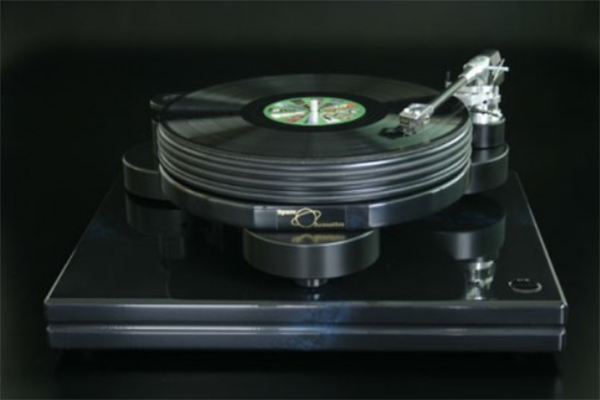
Other tables in the cosmically nomenclatured Nottingham line include the Ace Space 294, AnnaLog, Dais, Deco, Horizon, Horizon SE, Hyperspace, and Interspace Junior tables. The company also makes top-shelf 10in and 12in unipivot tonearms, with the Ace Space, Ace Anna, and Ace Space Anna amongst them.
SRPs for Nottingham Analogue tables tend to range from £999 to £5,199, with the Spacedeck usually going for around £1,269.
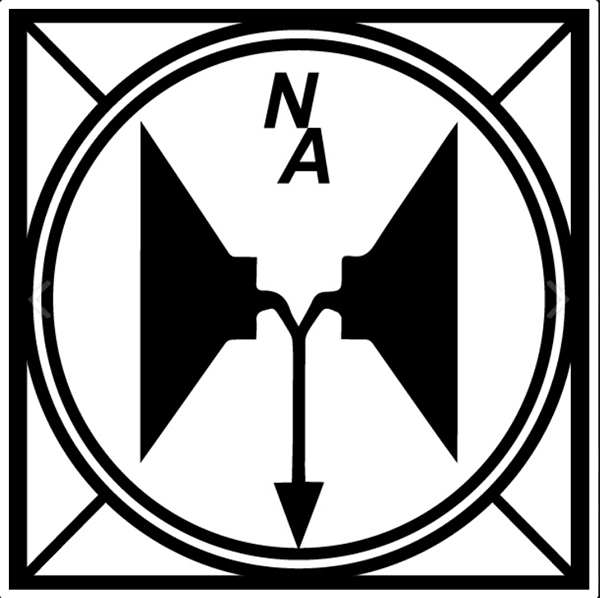
With all this in mind, I am also curious to see and hear about any of your own personal experiences with Nottingham Analogue tables, whether it be the Spacedeck, Hyperspace, Horizon, or even the Mentor Reference or otherwise — so feel free to share your own Nottingham spinning stories in the Comments section below.
For more about Nottingham, go here and/or here.

- Log in or register to post comments


I had the heavy kit on mine.
The best feature is a motor too weak to start the platter turning un-aided. As a result, the table has no speed switch, or off / on switch. You have to select the right pulley for speed control. And give it a push to set it spinning. Super simple and elegant! I loved this!
The table is quiet and doesn't pick up a lot of noise from the stand.

Nottingham Analogue Studio (NAS) has been making some of the best turntables in the world.
Because Tom Fletcher was advanced for his time. His designs could be perfected by adding the latest generation tonearms that are available.
And also with more advanced isolation bases. The lack of the Wave Mechanic motor power supply is noticeable.
On a NAS, the Ebony Voice cartridge, or Cardas Myrtle Wood cartridge, sound the best.
Thanks Tom Fletcher.

I’ve had an Interspace for about 15 years,with the funky motor that is on in perpetuity until you unplug it. Finally the motor died and I have to replace it. Otherwise a fine table, weighing about 35-40 pounds. I use it with an Origin liverewired Rega RB 800. Nice balanced sound Cheers,Chet


